The planned route for Humboldt Bay Trail South will finally connect Eureka and Arcata. | Image via County of Humboldt.
###
Good news for fans of non-motorized transportation: The last stretch of trail needed to connect Eureka and Arcata is getting closer to realization.
At its regular meeting tomorrow, the Humboldt County Board of Supervisors is slated to approve plans for the Humboldt Bay Trail South, a paved, four-and-a-quarter mile waterfront pathway between the two bayside municipalities. The agenda item also calls for the board to authorize the public works director to put the project out for bids, pending authorization from the Federal Highway Administration.
“It’s a really big step,” said Hank Seemann, the county’s deputy director of public works. If all goes to plan, he said, people will be cycling, jogging, roller-skating and skateboarding between the Arcata Plaza and the Eureka boardwalk before long.
“I would fully expect it to be complete by summer of 2024,” Seemann said, adding that construction could begin on or around May 1.
The project is expected to cost $16,046,902, and the funds are already lined up. The California State Coastal Conservancy has authorized $2 million dollars for the project, and in October the California Transportation Commission allocated nearly $13.3 million. Add in $1.25 million committed by the California Department of Transportation and the total construction budget stands at $16,396,000. (Caltrans will administer the funding.)
Like the other stretches of trail that have been built in recent years, this paved, standalone path will be separated from the roadway, offering users a buffer for the noisy, dangerous traffic on Hwy. 101. The majority of the trail will be situated between the highway and the defunct railroad corridor, though as you can see in the diagram above, one mile-long segment will skirt around the far side of Brainard mill site.
Here’s that stretch of shoreline:
File photo courtesy County of Humboldt.
At the southern end, the trail will cross the Eureka Slough railroad bridge, connecting with the Eureka Waterfront Trail. The plans call for replacing about 125 of the bridge’s treated timber crossties. That represents about a quarter of the total number of crossties — those in the worst shape. The county’s request for bids will include an “additive bid item” to replace more like 75 percent of the crossties, including ones that are in “fair to good condition,” according to a staff report.
That extra work — estimated to cost another $353,000 — will be completed if the winning bid comes in below the available construction budget.
The project calls for major modifications to the Eureka Slough Bridge, construction of three new trail bridges and removal of the northernmost stretch of the eucalyptus trees lining Hwy. 101. County staff previously concluded that those towering trees represent a safety hazard and must be removed in order to complete and maintain the trail.
Image courtesy County of Humboldt
Construction will also include widening of the railroad prism, repairs to the shoreline armoring along that prism and elevating the section between Brainard and Bracut to address flooding hazards.
The intersection with the driveway for the Bracut Industrial Park is the one place where trail users will have to deal with cross-traffic. Seemann explained that the project will include several traffic-calming measures there, including solar-powered streetlights to improve visibility.
Plans for the trail’s intersection with the driveway for the Bracut Industrial Park.
The item is listed on the consent calendar for tomorrow’s agenda, meaning the board could approve it early in the meeting, along with a slate of other items, without specific discussion. But Seemann said the matter will be pulled for discussion because staff needs to make a slight change to the recommended action.
The change relates to the steel rail lines, which technically belong to the Great Redwood Trail Agency (or GRTA, formerly the North Coast Railroad Agency). About a mile and a quarter of these rail lines will be removed in order to raise the rail prism and repair shoreline armoring between Bracut and the Brainard mill site.
Old though it is, these rail lines have scrap metal value. The bid documents call for the contractor to take possession of the rails and cash in on them to help offset costs, but GRTA staff weren’t keen on that, Seemann said.
“After further communication with them Friday and today, we decided to change that approach so that we’re going to stockpile the rails and then GRTA will come in and take possession and manage the salvaging for the net revenue,” he explained.
The Federal Highway Administration needs to authorize the project before the request for bids can be issued, but Seemann said he expects that authorization to come in within a week.
“We also have an agreement with the California Conservation Corps to start vegetation removal in mid-February,” Seemann added. “So motorists will start seeing some [trail-related] activity by the [Corps] in about a month.”
Not for long!
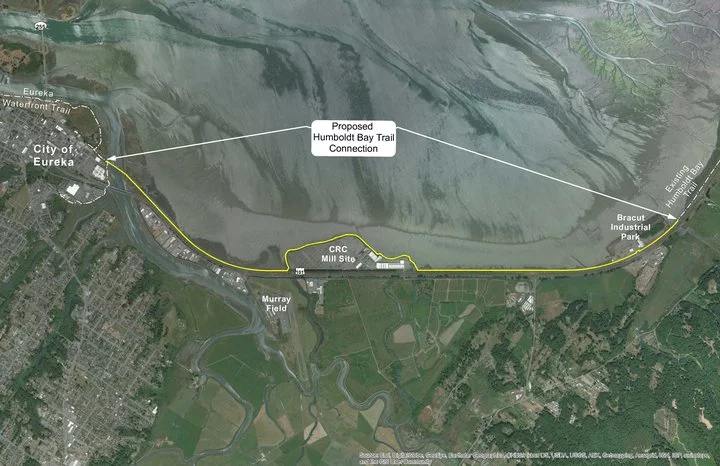

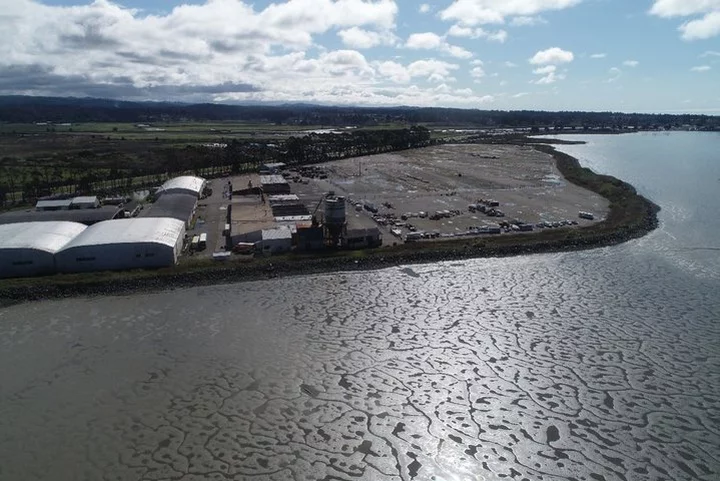
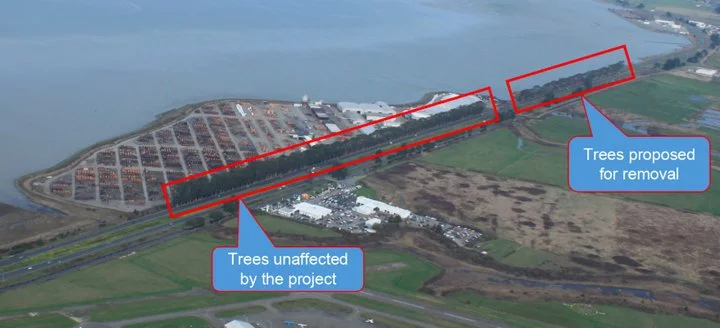
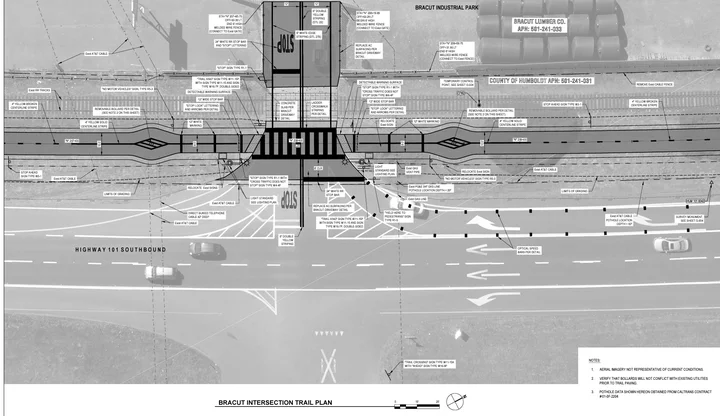
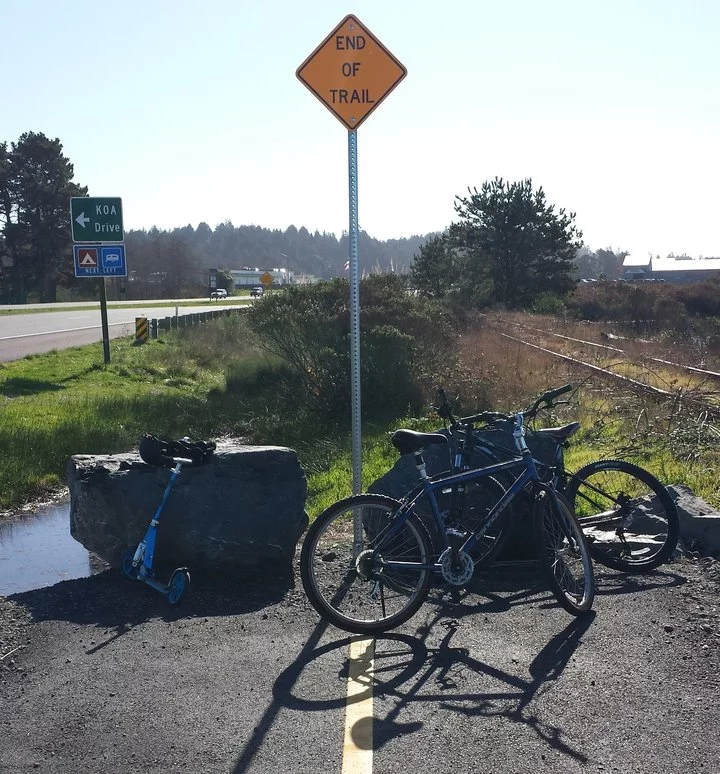
CLICK TO MANAGE